The classic image of the American suburb—tree-lined streets, picket fences, and homeownership as the ultimate goal—is shifting in subtle but significant ways. In many communities across the country, single-family homes are no longer being sold to individual buyers, but to investment firms and property management companies. The result? Entire neighborhoods are quietly turning into rental-only zones. While these changes often fly under the radar, they’re reshaping the suburban experience and raising big questions about access, equity, and the future of homeownership. Here are 14 American suburbs where that shift is already happening.
1. Brentwood, Tennessee

Brentwood, a picturesque suburb of Nashville, has become increasingly appealing to investors in recent years. Known for its upscale homes and excellent schools, the area has drawn high-income professionals from across the country, especially those fleeing high-cost metros like San Francisco and New York. With demand rising faster than supply, Matt Ward Group notes that large real estate firms are buying up properties to turn them into rentals, pushing traditional buyers out of the market.
As a result, Brentwood is gradually transforming into a community where long-term residents rent instead of own. Local reports have noted a shift in the demographic fabric, with fewer young families purchasing starter homes and more people renting out of necessity. While this allows for flexibility in housing, it also raises concerns about stability, school funding, and neighborhood cohesion in what was once a predominantly owner-occupied area.
2. Franklin, Tennessee

Just south of Brentwood, Franklin has mirrored many of the same investor-driven trends. Its charming downtown and strong job market—especially in healthcare and tech—have drawn a surge of new residents, says Stacker. Institutional investors have taken note, snapping up suburban homes and reshaping Franklin’s housing market to favor rental models.
Homeownership, once a hallmark of Franklin’s appeal, is becoming more difficult to achieve for first-time buyers. Local real estate agents report bidding wars not just among families, but between individuals and corporate landlords offering all-cash deals. The result is a subtle but steady pivot away from owner-occupied neighborhoods and toward rent-centric blocks managed by distant property firms.
3. Cary, North Carolina
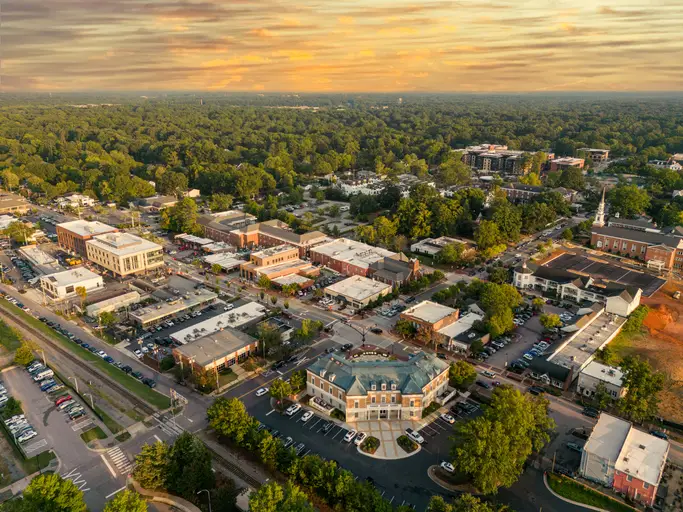
Cary, a suburb of Raleigh, has long been one of the fastest-growing towns in the South—and investors are taking full advantage. Known for its excellent schools and proximity to Research Triangle Park, Cary has attracted tech professionals in droves. But with rising home prices and limited new construction, rental properties are quickly becoming the norm, reports the Raleigh News & Observer.
What was once a homeowner-friendly suburb is now seeing whole neighborhoods managed by single property management firms. Local officials have begun tracking the shift as housing affordability issues increase. The transition to more rentals has benefits—like mobility for job-seekers—but it also raises concerns about the long-term identity of Cary’s community fabric.
4. Apex, North Carolina

Often ranked among the best small towns in America, Apex has found itself at the center of North Carolina’s rental boom. With its quaint downtown and excellent proximity to both Raleigh and Durham, it has become a magnet for professionals looking for the perfect balance of charm and convenience, says Zillow. That popularity, however, has drawn the attention of national rental investors.
In Apex, entire subdivisions are increasingly owned by out-of-town landlords. As single-family homes are pulled off the for-sale market and turned into rentals, would-be buyers are finding fewer affordable options. Though the area still boasts high livability, the dominance of rental homes threatens to erode long-term neighborhood ties and school consistency.
5. Wake Forest, North Carolina
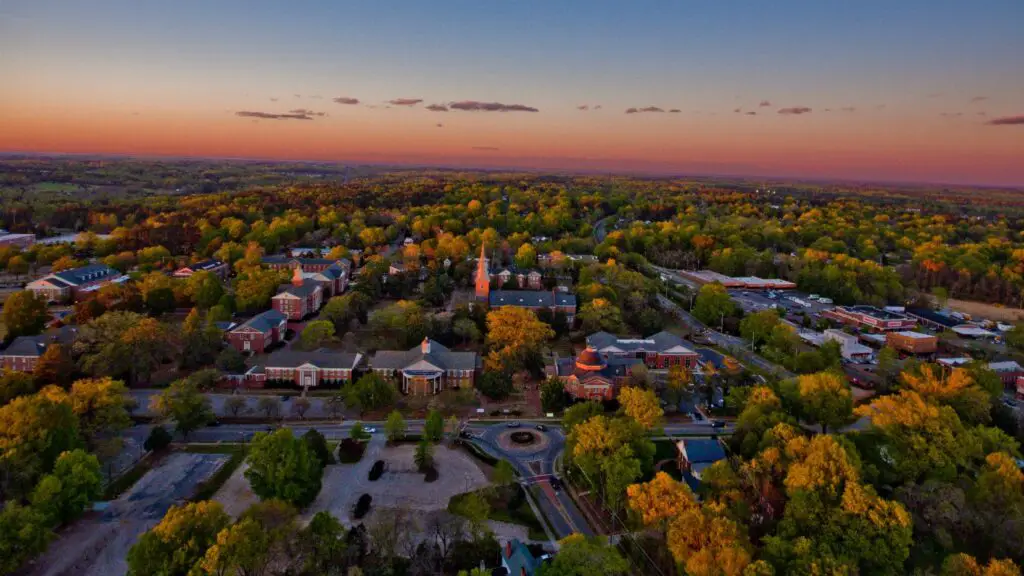
Located just northeast of Raleigh, Wake Forest offers a peaceful, suburban environment with the perks of nearby urban job access. That reputation has made it a hotspot for both new families and investors. Rising home values and increasing demand have encouraged a wave of purchases by companies specializing in long-term single-family rentals.
Many Wake Forest residents have noted a shift in the tone of their neighborhoods. Where neighbors once knew each other for decades, today’s turnover of renters has made it harder to maintain a sense of community. While rentals help meet housing needs in the short term, Wake Forest may face longer-term challenges around civic engagement and infrastructure funding.
6. Buckeye, Arizona
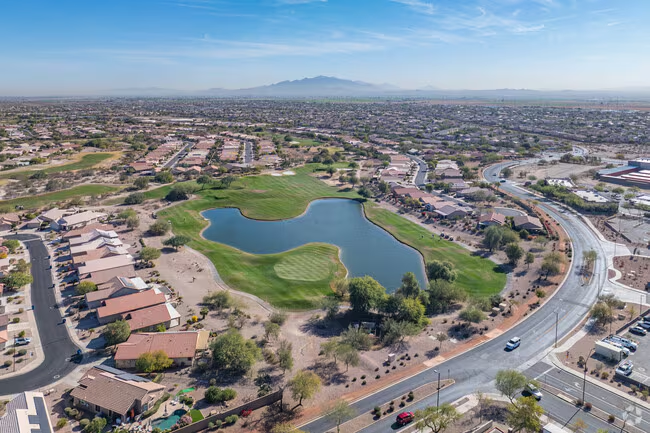
As one of the fastest-growing suburbs in the U.S., Buckeye is located on the edge of the Phoenix metro area. Its abundance of land and modern planned communities made it a favorite among developers—and now, rental investors. With high demand for housing and a younger, mobile population, rental housing has exploded.
Investors are banking on Buckeye’s growth continuing, leading them to scoop up new builds even before they hit the traditional buyer market. This means families looking to settle down in Buckeye often find themselves competing not just with neighbors—but with Wall Street-backed buying firms. That dynamic is turning a once sleepy suburb into a rental-first community.
7. Lehigh Acres, Florida
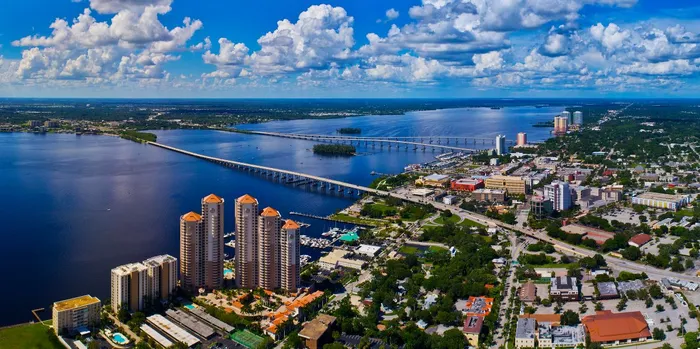
Just east of Fort Myers, Lehigh Acres is known for its affordable housing and sprawling layout. This made it attractive to investors during the post-2008 recovery—and their interest hasn’t waned. In recent years, large numbers of homes have been bought and converted into rentals, reshaping the area’s housing profile.
For locals, this shift has created a mixed bag. While rentals help meet housing demand for newcomers, especially seasonal workers and retirees, they’ve also made it harder for residents to build long-term roots. Complaints about absentee landlords and property maintenance issues are on the rise, suggesting that the transition from ownership to rental brings challenges beyond affordability.
8. Rio Rancho, New Mexico
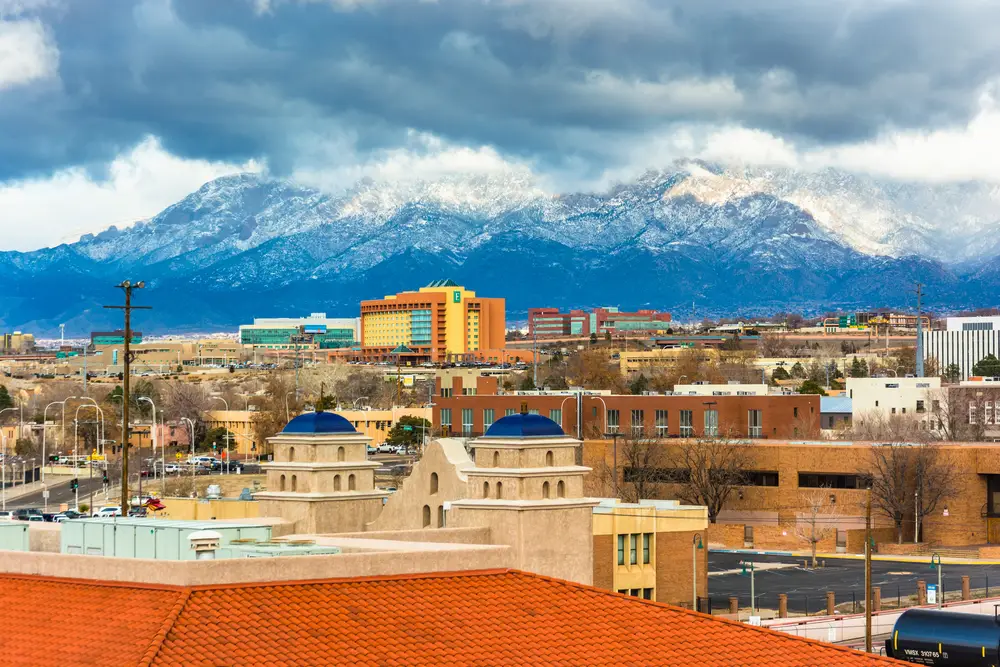
Situated just outside Albuquerque, Rio Rancho offers scenic desert views and relatively affordable housing—but it’s also becoming a rental hotspot. Institutional buyers have moved in, purchasing homes across the suburb and transforming entire blocks into rental zones.
The trend is particularly noticeable in newer developments. As investors buy directly from builders or sweep in with cash offers, owner-occupants are left out. That change has sparked debates within the city about zoning laws and the future of community development. Rio Rancho may still have space to grow, but whether that growth supports long-term residents remains uncertain.
9. Concord, North Carolina
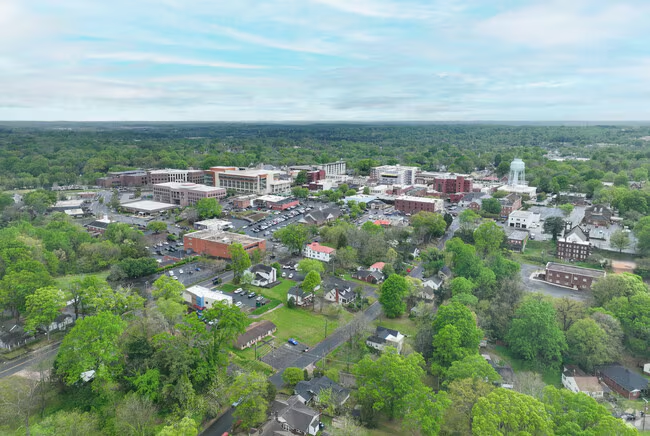
Concord, northeast of Charlotte, has experienced a rental market boom thanks to strong local job growth and affordable housing stock. Investors seeking yield have targeted it for years—and as housing demand outpaces supply, rentals have taken over a growing share of the market.
Residents have reported an uptick in properties being purchased by LLCs, often from out of state. This shift has changed the feel of many neighborhoods and raised questions about school funding, civic involvement, and infrastructure needs. While Concord remains a family-friendly suburb, the owner-occupied foundation it was built on is starting to erode.
10. Gastonia, North Carolina
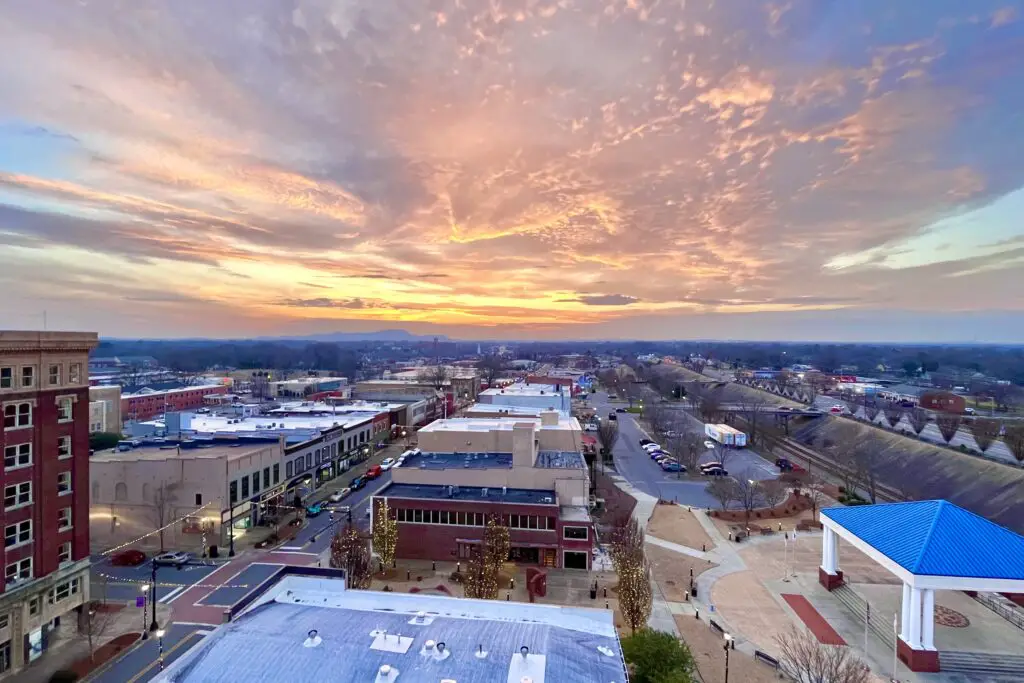
A western suburb of Charlotte, Gastonia has long been a more affordable alternative for those priced out of the city. That affordability also attracted investors, many of whom now dominate the local housing market with long-term rental portfolios.
As more homes shift to rental status, longtime residents have noticed changing dynamics in neighborhood upkeep and turnover. The rise of rental communities has provided flexibility but also comes with concerns about who holds decision-making power over local real estate—and whether community cohesion can survive in a rent-first environment.
11. Henderson, Nevada
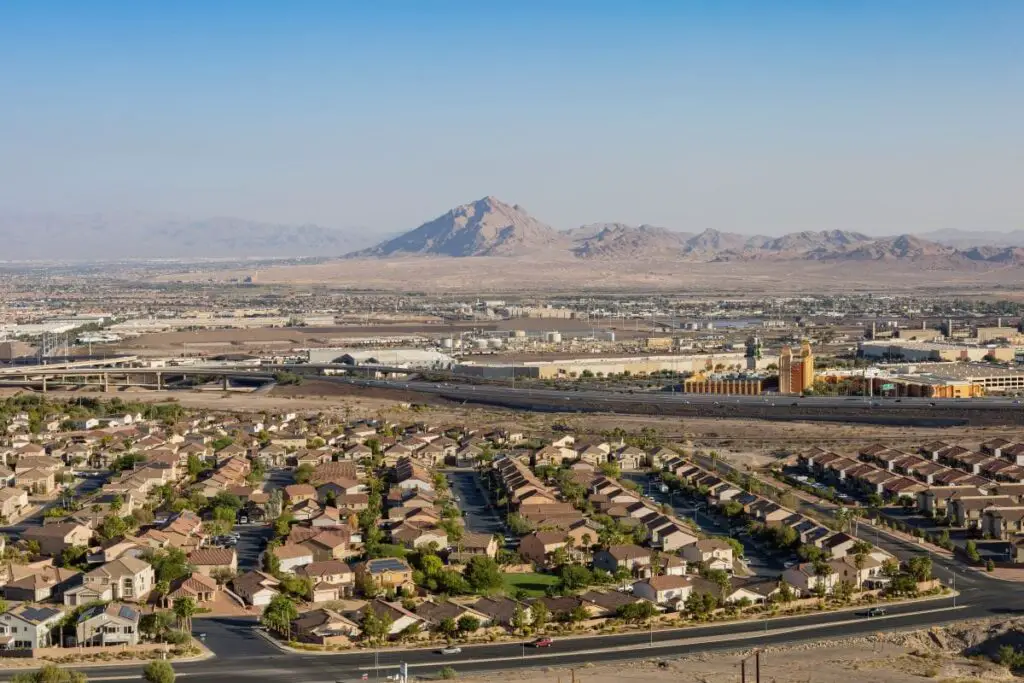
Henderson, a major suburb of Las Vegas, has seen its population swell in the past decade. Its family-friendly appeal and job opportunities in the metro area have made it ripe for rental growth. Property management firms are increasingly snapping up homes in newer subdivisions to serve the transient workforce and those priced out of ownership.
With home prices steadily rising, renters now make up a growing percentage of Henderson residents. The city is navigating how to support this shift—balancing the need for rental housing with the long-term effects of reduced homeownership rates, including shifts in tax revenue and civic participation.
12. Surprise, Arizona

Surprise lives up to its name for many new residents who discover they can’t buy a home as easily as expected. Located northwest of Phoenix, this suburb has become a target for rental investors looking to meet demand from retirees, families, and remote workers moving to Arizona.
The growth of build-to-rent communities in Surprise highlights the intentional shift toward long-term rentals. While these developments offer amenities and flexibility, critics argue they limit pathways to homeownership. The question now is whether Surprise can maintain its suburban charm while adapting to its changing housing base.
13. Peoria, Arizona
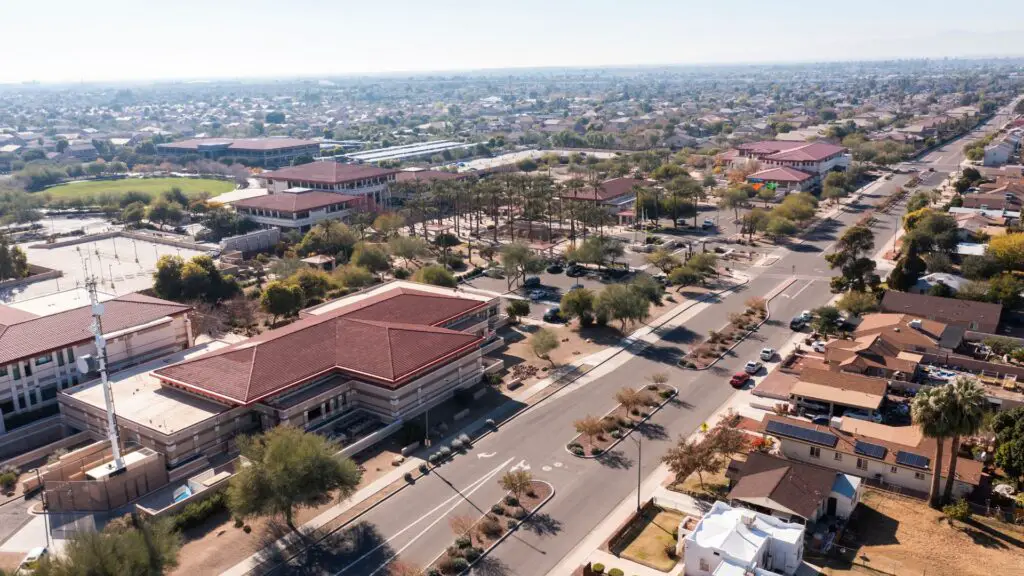
Like other Phoenix suburbs, Peoria is being reshaped by large-scale investor activity. Known for its good schools and outdoor amenities, the area has become popular among renters—but that demand has made buying difficult for many locals.
Entire neighborhoods now consist mostly of rentals, often managed by national property companies. This shift raises concerns about resident turnover, local investment, and the long-term affordability of the area. Peoria’s leaders face the challenge of ensuring the housing market remains accessible to both renters and would-be homeowners.
14. Maricopa, Arizona

Just south of Phoenix, Maricopa is a rapidly expanding city with wide open spaces—and a quickly growing population. That boom has attracted real estate investors looking to capitalize on its relatively low prices and new housing stock.
As with many fast-growing suburbs, build-to-rent communities are proliferating in Maricopa. While these serve an immediate housing need, they also shift the ownership dynamic, reducing opportunities for locals to buy homes and establish long-term roots. The trend raises questions about the future identity of Maricopa: will it be a community of homeowners, or of transient renters?
